The Chinese New Year of the Ox
2021-02-07 16:06
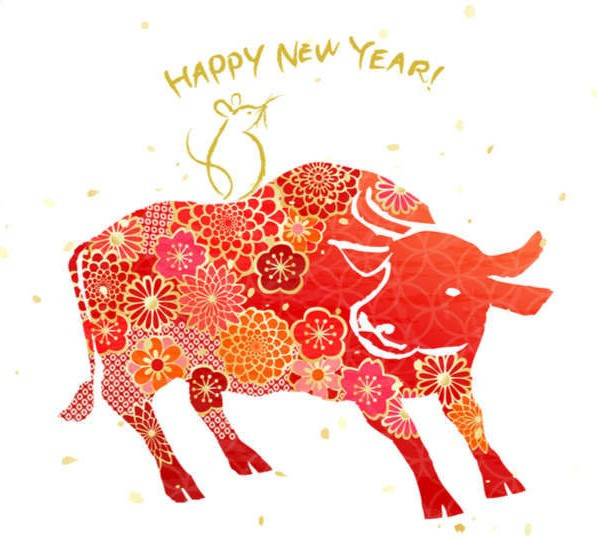
Last year we celebrated the Chinese New Year on the 24th January 2020 and it was a year of the Rat. This year we are celebrating a Year of Ox on the 12th Feb 2021. The Chinese zodiac has 12-year cycles, each “characterised” by a certain animal.
According to the legend, the Jade Emperor announced the order of zodiac signs: Rat, Ox, Tiger, Rabbit, Dragon, Snake, Horse, Ram, Monkey, Rooster, Dog, and Pig.
The Ox was about to be the first to arrive, but Rat tricked Ox into giving him a ride. Then, just as they arrived, Rat jumped down and landed ahead of Ox. Thus, Ox became the second animal. The pig is last animal because it fell asleep during the journey.
The Chinese follow the lunar calendar and New Year is on the first new moon of the year which in 2021 is on the 12th February 2021. The Chinese New Year is technically 15 days long but sometimes people take extra time off from work and extend the celebrations. The end of the Chinese New Year is marked by the Lantern Festival which is 14 days from the Chinese New Year. This year the Lantern Festival is celebrated on Friday, February 26. One of the traditions is to eat Tangyuan (Yuanxiao). These ball-shaped dumplingsa re made of glutinous rice flour and are stuffed with different fillings such as white sugar, brown sugar, sesame seeds, peanuts, walnuts, rose petals, bean paste, and jujube paste or a combination of ingredients. They are usually sweet. Chinese people believe that the round shape of the balls and their bowls symbolize wholeness and togetherness.
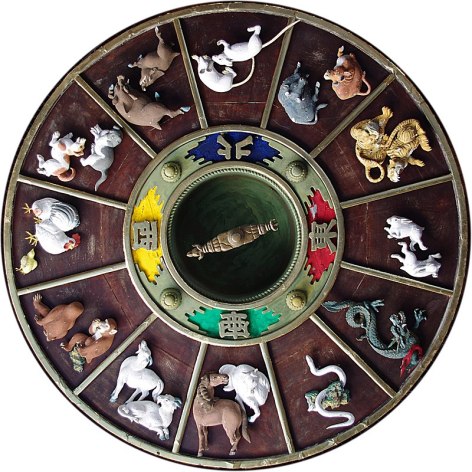
Legends of Nian
According to a Chinese legend a scary monster by the name of ‘Nian’ lived in the mountains and would come down at the end of the year to destroy the fields, crops and animals and to terrorize people or even kill them all.
The terrified people called the beast Nian (年, nian actually is the Chinese word for ‘year’).But by and by the villagers discovered that the monster was frightened by loud noises, bright lights, and the color red.
Hence the reasons why Chinese New Year has many loud fire crackers, bright fireworks and red lanterns, lion dance performances, and the color red is seen everywhere to scare the beast away.
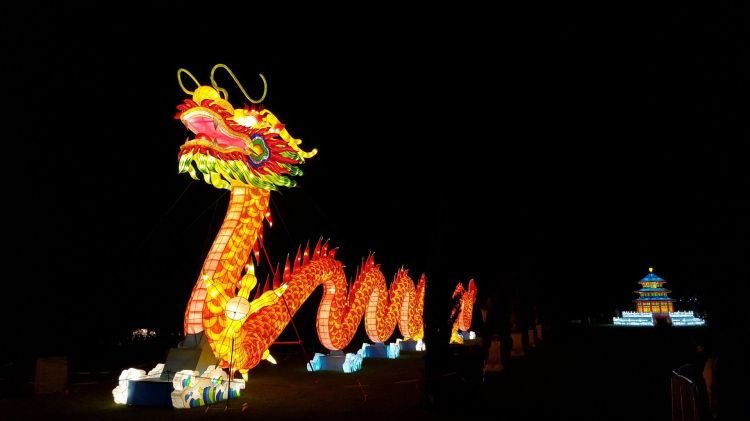
Food for the Chinese New Year
Food, always an important part of Chinese life, is doubly important at New Year (known in Chinese as Spring Festival春节). Regional varieties abound – in the North, for example, they make a kind of dumpling known as jiaozi, to be eaten at midnight on New Year’s Eve. Making jiaozi is a fun communal activity, each member of the family responsible for a separate task – rolling out the dough, adding the stuffing, or (most complicated) wrapping it so that no stuffing escapes during steaming. If you are a guest with a Chinese family in the run up to New Year, chances are you will be taught to make jiaozi yourself.
In the South a sticky cake called niangao is popular. And there’s always an enormous amount of food on the table; meat, fish, vegetables, local delicacies, and rice later on to fill you up.
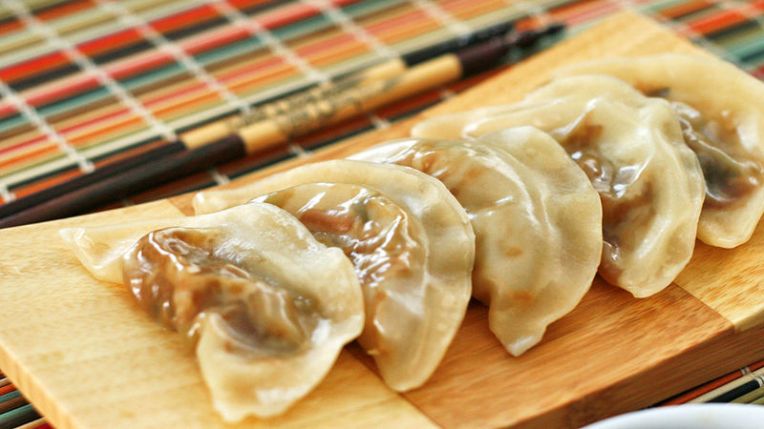
Do’s and Don’ts During the Chinese New Year
Superstitions have always been an important part of Chinese culture, and plenty of traditions exist to make sure your luck doesn’t run dry.
Sweeping and throwing out rubbish isn’t allowed. This is to make sure you don’t wash away the good luck! On the other hand, there’s a day before the Spring Festival dedicated to cleaning. This day is to sweep the bad luck away and make room for the good. Hair cutting, arguing, swearing, saying unlucky words and breaking things are not allowed as they bring “bad luck.”
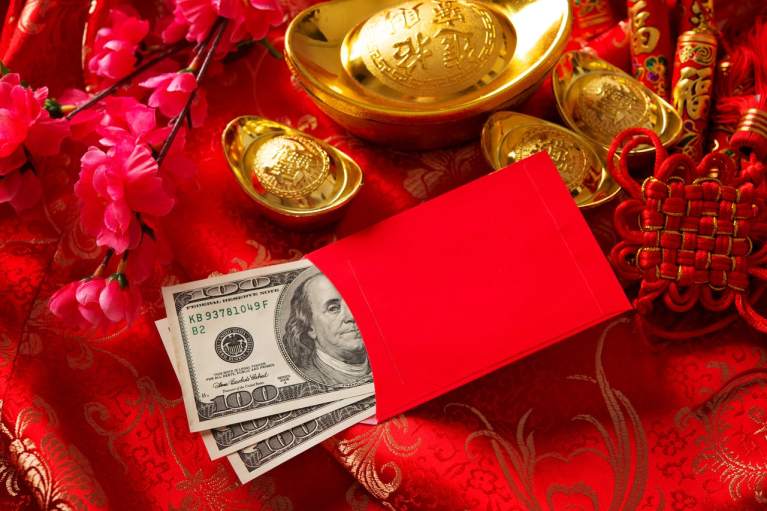
How to Say Happy New Year in Chinese
新 Xīn 年 nián 快 kuài 乐 lè!
We wish you and your family Happy and Prosperous New Year of the Ox!










